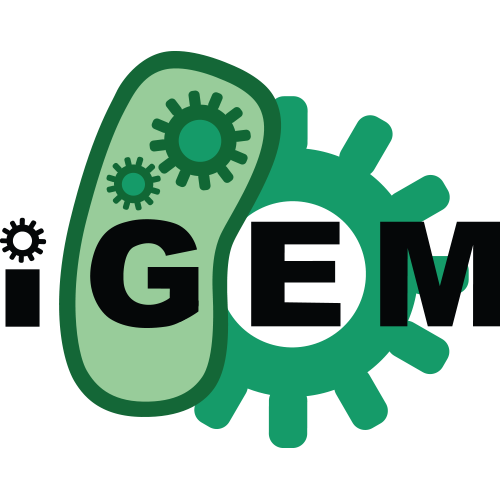Source:
Generated By: https://synbiohub.org/public/igem/igem2sbol/1
Created by: Julia Pon
Date created: 2009-10-20 11:00:00
Date modified: 2015-05-08 01:11:13
anchor reverse strand for Biobytes assembly method
| Types | DnaRegion |
| Roles | sequence_feature Other |
| Sequences | BBa_K187422_sequence (Version 1) |
Description
This part is one of two strands of the anchor for the Biobytes assembly method.A vital component of the BioBytes method is the use of a biotinylated DNA Anchor in order to allow unidirectional assembly of the Bytes on paramagnetic beads by sequestering the 5' ends of Bytes, leaving only the 3' ends available to bind incomding Bytes. The Anchor itself has three vital components: A 5??? biotinylation, a double stranded DNA (dsDNA) portion that incorporates a release mechanism in order to liberate the construct from the beads, and A or B overhangs to allow Bytes to bind to the Anchor.
The BioBytes anchor system utilizes a 5???-biotin which anchors the construct to beads by binding non-covalently, but with great strength, to the covalently linked streptavidin on the surface of the paramagnetic beads. There is also a 5???-15 nucleotide spacer region of ssDNA which facilitates more efficient binding of the Anchor to the bead as the binding pocket of streptavidin is deep and thus a highly flexible ssDNA linker is recommended to allow the biotin to effectively bind into this deep pocket. A 21 bp double stranded portion of the Anchor contains the I-SceI recognition sequence, which when digested with I-SceI produces 4 base overhangs, but also includes four deoxyuracil residues. These uracils are excised by New England Biolab???s USERTM system to generate single nucleotide gaps in the top strand. USERTM digestion thus effectively destroys the Anchor and produces a 21 base 3??? overhang which becomes important for recircularization of the construct. Finally the Anchor contains the A or B 3??? overhangs complementary to those of the Bytes, allowing their binding to the Anchor.
Notes
See http://2009.igem.org/Team:Alberta/DNAanchor for binding capacity assays with the Biobytes anchor. We tested three alternative designs, which are documented on the wiki.The anchoring system we decided on, and submitted here, is small in size and the presence of the ssDNA spacer region gives this anchor a high binding capacity of about 200 pmol mg-1 beads. The presence of the dsDNA region allows Bytes to be ligated to the anchor and the incorporation of a deoxyuracil containing I-SceI site allows the construct to be released via the two methods described already(USER and I-SceI digestion).
Source
Oligonucleotide synthesis| Sequence Annotation | Location | Component / Role(s) |
| should have a phosphate | 1,1 | feature/misc sequence_feature |
